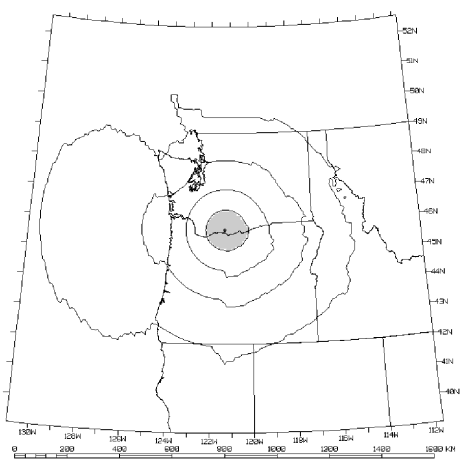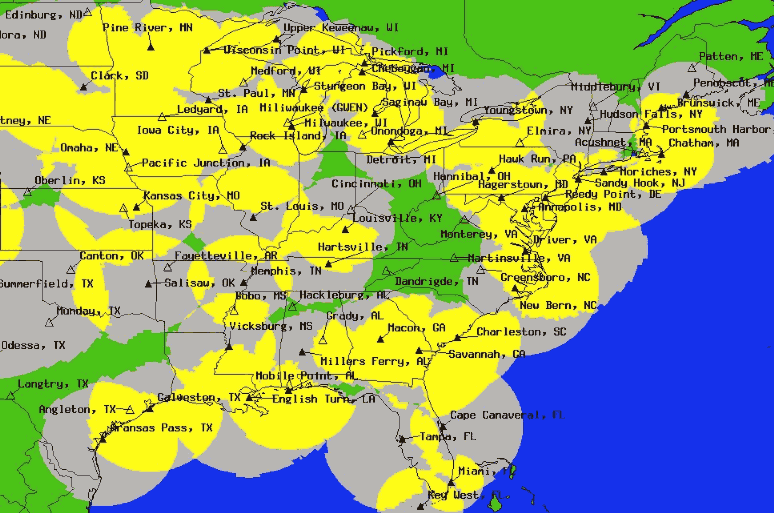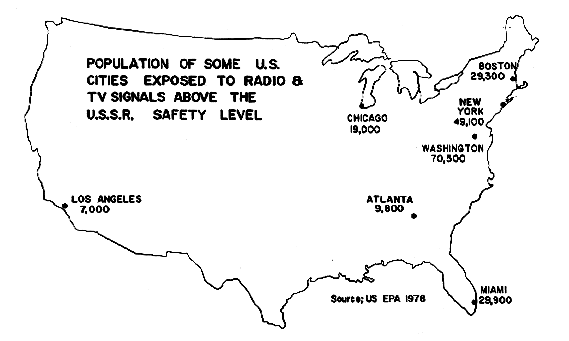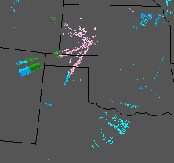|
|
|
Nationwide DGPS Status
Report
The Nationwide Differential expansion is continuing to make progress.
Funding for this year is about half of the administration's request.
Single coverage expected in 2002 is now hoped for the year 2003.
Last year, the Coast Guard’s Nationwide DGPS (NDGPS) implementation
team was very busy refining the procedures for converting a GWEN
(U.S. Air Force Ground Wave Emergency Network) site to an NDGPS site. To
date, there are twelve sites that have been fully converted from their GWEN
configurations to transmit DGPS corrections. These sites are located
near Chico CA, Clark SD, Driver VA, Penobscot ME, Savannah GA, Macon GA,
Whitney NE, Hudson Falls, NY, Billings MT, New Bern NC, Summerfield TX and
Flagstaff AZ. The site at Appleton WA continues operation in its test
configuration and the site near Hartsville TN increased its antenna
to 299 feet.
As background, the Coast Guard is part of the seven-agency partnership for
the Department of Transportation’s Nationwide Differential GPS expansion
initiative to provide DGPS signals for public safety services. The Coast
Guard brings its expertise in building, operating and maintaining DGPS sites
to the partnership. The other members of the project include; U.S. Air Force,
Federal Railroad Administration, U.S. Army Corps of Engineers, Federal Highway
Administration, National Oceanic and Atmospheric Administration, and the
Office of the Secretary of the DOT.
Major NDGPS projects for this year include:
-
-
Completing the transfer of GWEN property leases, permits, and ownership to
the Coast Guard. Of the 50 Air Force properties selected for NDGPS use, only
five sites remain unresolved.
-
Continuation of numerous engineering studies.
In April the Hagerstown, MD site will serve as a test bed for a concept
demonstration of an extremely high accurate differential system. This project
is excepted to demonstrate the ability to provide users with carrier phase
observables that will provide better than 20 centimeters vertical accuracy.
-
Converting 7 GWEN sites to NDGPS
beacons.
For the latest planned construction:
NDGPS
Sites Planned for Construction CY2001
-
Construction of two new sites, one near Brainerd, MN and the other near Myton,
UT.
-
-
The Minnesota Department of Transportation has an ongoing effort to work
with local representatives to identify a suitable site near Brainerd MN.
-
The Myton UT site was selected from several offered by the BLM. The FHWA
is completing the environmental documents and the USCG is working with the
BLM to finalize a site permit.
New site work near Hannibal OH, Greensboro NC, and future sites in Alaska
are on hold pending funding availability.
Many of you are interested in what sites are going to be installed and when.
Currently, the Coast Guard plans to operate 12 additional sites by the end
of this year. Some of these sites are already in progress and the remaining
ones were selected to provide coast-to-coast corridors for the Program Sponsor,
the Federal Railroad Administration. Of course all of the standard caveats
apply – no unforeseen delays or contracting issues, subject to funding
availability, established communications and of course the weather is always
an unknown.
NDGPS
Sites Planned for Construction CY2001
All
Nationwide DGPS Sites -
Operational, Planned, & Proposed
|




